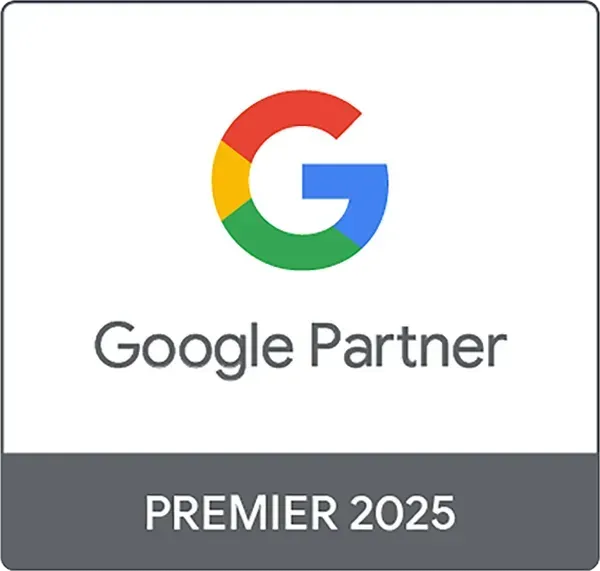If you’re still using a traditional funnel methodology to plan out your marketing, you’re missing out on the importance of solidifying a positive long-term relationship with new customers.

In the old methodology, once people make a decision they fall out of the funnel and our marketing stops focusing on them – disregarding the fact that your current customers are often your best source of new customers. When understanding a customer’s journey, we pay as much attention to the evaluation phase as we do to attracting them in the first place. We’ve found that if you cultivate a strong first 100 days, you can see outsized returns when it comes to customers becoming advocates down the road.
The evaluation stage starts with the brand at a disadvantage in some ways. When people make a change, they suffer a loss: the
opportunity cost of their decision. Prior to making their decision, they had many choices. Now that they’ve settled on one, all those other opportunities are a loss. Your brand now has to measure up to their expectations, and you need to be better than the alternatives they just left behind.
Think of the last big purchase decision you made. When you finally got it home, you evaluated it even more intensely than you did when it was on the show floor. You notice every flaw and discrepancy between what sales promised and what you received.
In this stage, there are three crucial things to keep prioritized:
- Am I living up to the expectations I set? Did I set realistic expectations?
- Once people make the change, am I supporting them through the highs and lows that inevitably follow?
- How am I making sure I know what’s actually happening in this stage?
Expectations
We set expectations in the earlier stages of a relationship through marketing, sales, and our existing reputation.
If it comes to a choice between presenting as authentic or polished, choose authentic. Avoid stock models and generic sayings. Avoid painting a rose-colored picture. If there are things that are difficult in your product or service, be up front about it, along with your method of overcoming these difficulties. Be a trusted guide, not just another salesperson. Highlight the things that are unique about your business, instead of competing at standards that everyone expects, like “Customer Service”.
Connection
The way to win at the evaluation stage and get an advocate for life is to prove that you truly care. And that’s not done by simply doing what you said you’d do – giving them a great product or service. Those are table stakes.
A connection can be made through small details, like remembering preferences from when you or someone on your team talked to them initially. Perhaps you ask about their child by name, or connect with them over their alma mater or a shared love of craft beers. Personalization matters to people. If you think about times in your life where you felt someone really went above and beyond, either as an employer or as a business, it’s likely because you felt they really saw and cared about you as a person.
It’s critical that every member of your team - not just leadership and managers - understands the importance of evaluation. Educating the team on that importance is where marketing can really make a difference. Build it into your communication tools and encourage your team to contribute to the processes that support evaluation and advocacy.
Measurement
People make their choice and slide into evaluation naturally; it’s up to you whether it is managed or unmanaged. But to manage it, we have to measure it.
There are hundreds of tools out there for surveying sentiment from customers. You’re probably already using some. The most critical thing is that these measurements are consistent, that they hit the key points - expectations met, connections made - and that you’re using them to improve your processes over time. Surveys that go nowhere are a waste of time.
This may sound like a lot of work, but it pays off. If you focus on nothing else in your marketing and simply nail evaluation and encouraging advocacy, you can win over others who spend all their money on billboards and neglect their current customers. You can do more with less.
In every organization, there is ROI to be found just by paying more attention to this stage and truly perfecting it.
Share This Post





